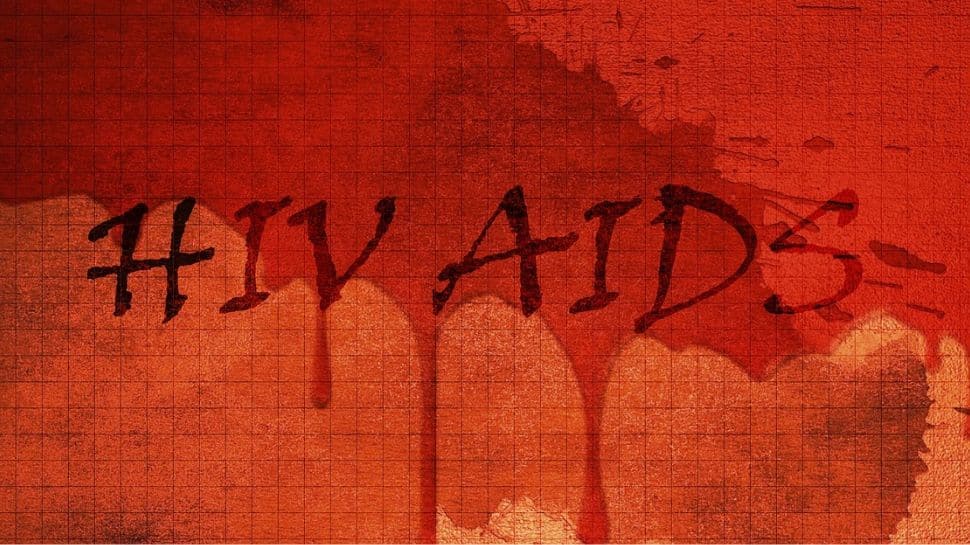World AIDS Day 2022: Every year on December 1, World AIDS Day is observed when people show support to those living with HIV and remember those who have died from AIDS and related illnesses. This year, the theme of World AIDS Day is ‘Equalize’. The aim is to end the inequalities which are holding back progress in ending AIDS. The layman often mistakes HIV and AIDS for the same thing but there’s a marked difference between the two. Dr Kiran G Kulirankal, Infectious Diseases Physician, Division of Infectious Diseases, Amrita Hospital, Kochi, speaks to us about the care, treatment, and difference between AIDS and HIV.
In 1981 – following reports of an increase in the incidence of unusual infections like Kaposi sarcoma, a cancerous red boils on the skin, and Pneumocystis carinii infection which is unusual pneumonia in normal individuals – Acquired immunodeficiency syndrome (AIDS) was first described.
HIV Vs AIDS: The difference
The first thing to note is that HIV is a virus that may cause an infection while AIDS (acquired immunodeficiency syndrome) is a condition. AIDS is acquired only after the contraction of HIV, but not all HIV cases do not develop AIDS.
AIDS is caused by the human immunodeficiency virus (HIV), which progressively reduces the effectiveness of the immune system of the body thereby leaving the individual incapable to fight against infections. The result is increased susceptibility to various opportunistic infections and infection-associated malignancies.
How HIV spreads and develops into AIDS
HIV is transmitted by sexual contact, exposure to blood and blood products (IV drug abuse) etc. HIV can also be transmitted from infected mothers to infants known as vertical transmission, says Dr Kiran G Kulirankal.
He adds that untreated HIV disease is a chronic progressive process that begins with initial infection often called the primary HIV syndrome and then progresses in adults over a period of more than 10 years to the late stage, AIDS.
“The viral load with the consequent reduction in the immunity of the body (CD4 immune cells and its count) sees a gradual increase. The lower the count, the higher the degree of immunosuppression,” says Dr Kulirankal.
HIV symptoms and care
“HIV is associated with a wide variety of clinical manifestations based on which they are grouped. Unexplained fever, enlargement of lymph nodes, weight loss, and skin rashes are common presenting symptoms. Death is usually secondary to opportunistic infections like Tuberculosis, parasitic and fungal infections of the brain, pneumonia, tumours, and malignancy,” says Dr Kulirankal.
But there’s good news. The doctor points out that with the development of affordable and highly effective anti-retroviral therapy (ART), HIV is no longer a death sentence. Patients who are diagnosed early and have been started on ART can lead normal lives.


